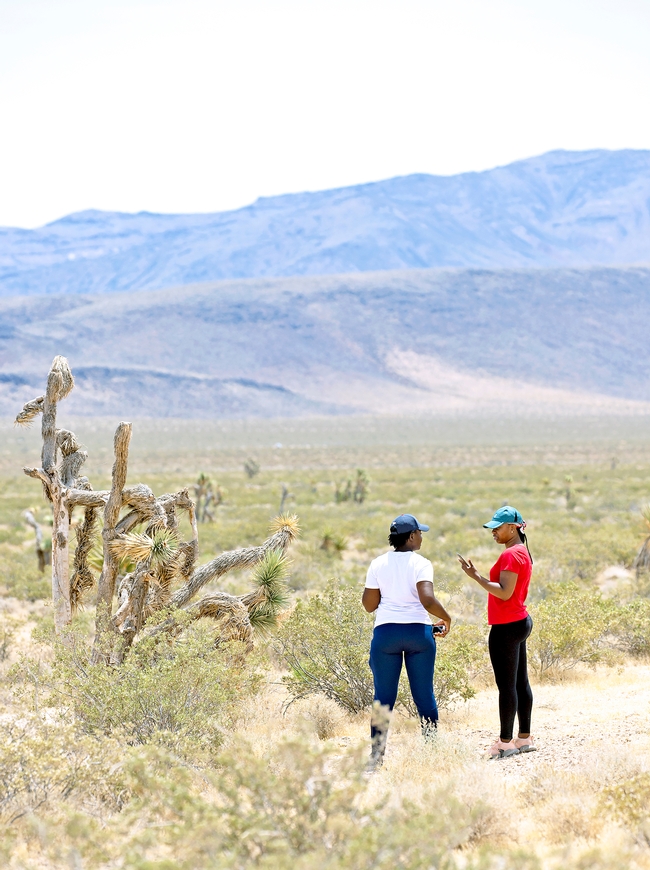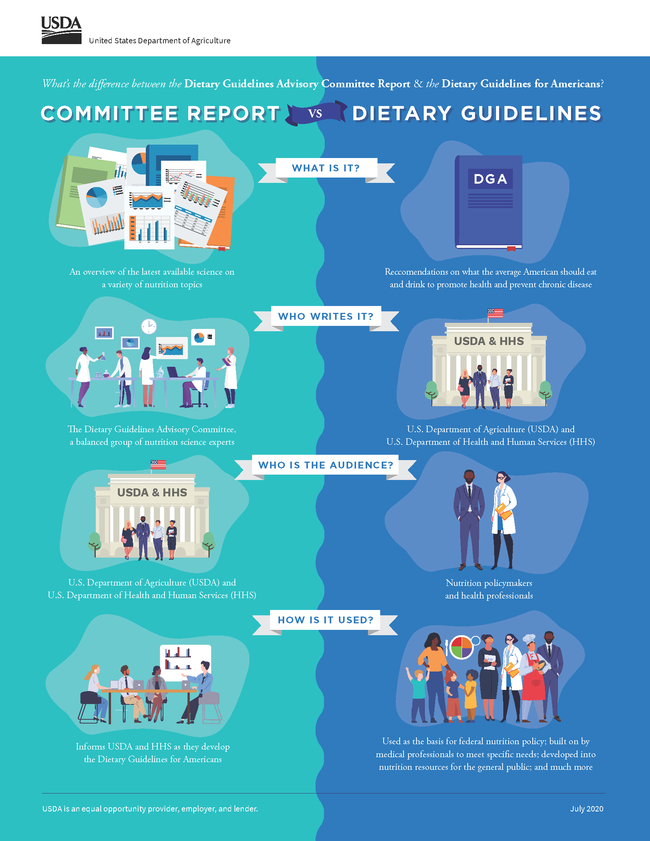Posts Tagged: wellness
UCCE promotes nature as a way to improve wellness
Many Californians' well-being has suffered after months of sheltering at home amid the coronavirus pandemic. An antidote for the boredom, loneliness and uncertainty is spending some time outdoors, according to UC Cooperative Extension experts. It's a practice that renews the spirit and can easily be done while following social distance and face covering requirements.
A few 4-H youth camp programs have gone virtual, but for most 4-H members the annual trek to summer camp has been cancelled. 4-H Youth Development advisor Marianne Bird is encouraging 4-H members and families to get outside on their own.
“Being outdoors is something healthy to do,” Bird said. “Public parks are being used more and in safe ways. I see groups of people social distancing and eating lunch in the shade, bringing a lawn chair and sitting outside. Two weeks ago, I saw someone playing violin next to the American River bike trail.”
This month, Bird is teaming up with two colleagues for socially distanced camping for a few nights in the Sierra. They'll drive separately and sleep in separate tents, while they hike trails, swim in a lake and enjoy the night sky at least 6 feet apart. But even in her hometown of East Sacramento, Bird said she finds nature that promotes her well-being.
“I ride my bike on the American River trail. I see wild turkeys, jackrabbits and coveys of quail,” Bird said. “Walking in my neighborhood, I found a woodpecker home in a tree. Nature is everywhere, even in our urban environment.
UC Cooperative Extension assistant vice provost Katherine Soule conducts research on the benefits of outdoor activities. She and colleagues surveyed visitors at the Leaning Pine Arboretum in San Luis Obispo. Respondents said the garden visits wove together opportunities for learning, stress relief and relaxation, which enhanced the visitors' enjoyment of life, their self-awareness and their sense of belonging.
One participant mused, visiting a botanical garden “feels open, not cramped. In my mind, that's part of being outdoors. Outside you want to be free, open. I enjoy it.”
UC Cooperative Extension's California Naturalist program is including research-based information on the health benefits of nature exposure in its soon-to-be launched UC Climate Stewards program, according to Sarah-Mae Nelson, UC Climate Stewards Initiative academic coordinator. The pilot training program that begins Aug. 24 teaches volunteers to educate the community on climate change mitigation, adaptation and resiliency,
Trainees will learn about research conducted around the world that has documented the restorative capacity of nature, Nelson said. For example, a 2010 research project in Japan found that spending time in forests lowered blood pressure, cut levels of cortisol – commonly known as the “stress hormone” – and reduced pulse rate, among other beneficial health impacts.
Benefits were derived from visiting zoos and aquariums, according to a 2010 study in Japan and a 2015 study in England. Just working in the presence of potted plants reduced stress and increased productivity, found scientists in Australia. Researchers in the Netherlands discovered that simply gazing at photos with trees and parks can prevent and relieve stress.
“What's really encouraging to me as an educator and communicator is the evidence for zoos, aquariums and images as proxies,” Nelson said. “Right now, with the situation with COVID-19, people can't access nature as readily. And, looking at the diversity, equity and inclusion aspect, some people don't have the financial or social capability to enter into natural spaces.”
Another study that is shaping the UC Climate Stewards curriculum, conducted in England and published last year, indicated that spending at least 120 minutes in nature provides a significant positive impact on mental and physical wellness.
“After 120 minutes, the participants felt less depressed and had an increased ability to deal with stressful situations,” Nelson said.
For that reason, the 120-minute threshold number for nature exposure will be part of the UC Climate Stewards' approach to reduce the effects of traumatic stressful experiences, like those brought on by climate change concerns.
Guidance for healthy eating at all ages
The 2020-2015 Dietary Guidelines will include something new. “For the first time ever, the committee considered the science to inform dietary guidelines for pregnant and lactating women and for infants and toddlers from birth to age 2,” said Christina Hecht, senior policy advisor for the UC Nutrition Policy Institute.
So, what else does the 2020 Scientific Report have to say? The full report is now publicly available to read online, and some of the highlights include:- The Committee recommends limiting added sugars to 6% or less of our daily calories, rather than 10%or less as is currently recommended.
- While this advisory committee was tasked with developing guidelines for pregnant and breastfeeding women for the first time, it found limited research on which to make specific recommendations. For pregnant women, the committee found, "Evidence suggests that consuming foods within healthy dietary patterns before and/or during pregnancy may modestly reduce the risk of gestational diabetes, hypertensive disorders of pregnancy, and preterm birth." More research in the area of diet and lactation/breastfeeding is needed.
- This advisory committee was also tasked with developing recommendations for infants and young children ages 0 to 24 months, and found some evidence that children who had ever been breastfed had lower rates of type 1 diabetes and asthma. The report highlighted the importance of feeding young children nutrient-dense foods in addition to breastmilk or infant formula. It further advises that children younger than 2 years old should not be given any sugar-sweetened beverages to drink and, in fact, should consume no added sugars.
- The committee found the longstanding advice that healthy diets "include higher intake of vegetables, fruits, legumes, whole grains, low- or nonfat dairy, lean meat and poultry, seafood, nuts, and unsaturated vegetable oils" is still supported by the evidence.
- The committee found the advice to replace saturated fats with unsaturated fats (but not necessarily with carbohydrates) is still supported by the evidence.
The National Drinking Water Alliance (coordinated at NPI) also has a website urging the addition of clear and actionable advice on drinking water to the Dietary Guidelines at https://www.drinkingwateralliance.org/submit-a-comment. The webpage includes tips on how to write an effective comment and the link to the comment submission page. Comments are due by Aug. 13.






